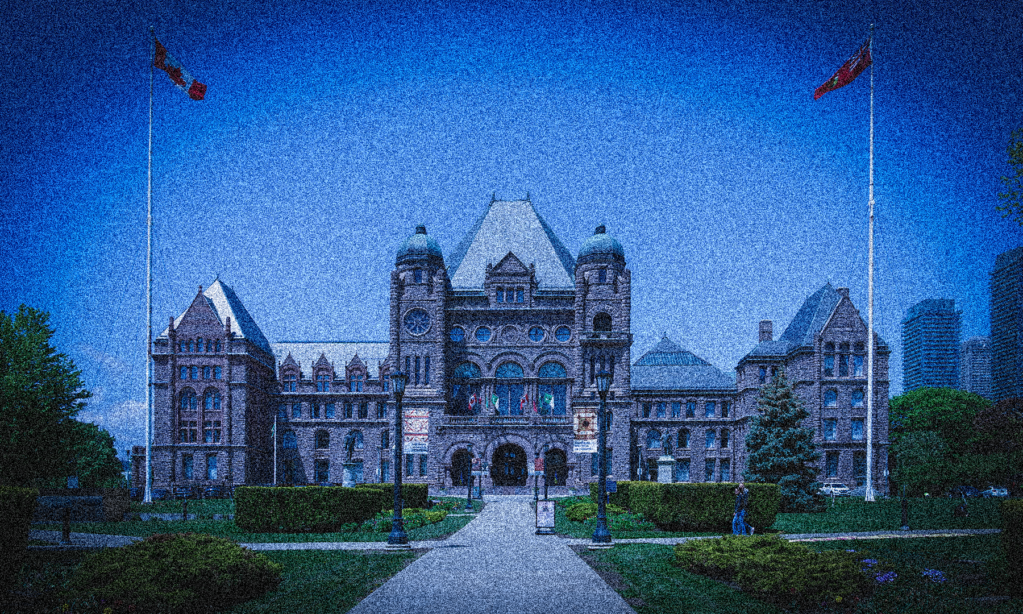If you want to know what’s happening with Ontario government spending, the provincial budget isn’t a very reliable source.
Under the current finance minister, the province has a strong tendency to spend significantly less than it budgets for. That tendency was on full display Wednesday with the release of the latest report from Ontario’s Financial Accountability Office (FAO).
Following a few in-year budget tweaks, the province had planned to spend $194.3 billion in 2022-23. What it actually spent, according to the FAO, was more like $187.1 billion—that’s $7.2 billion less than budgeted. “All sectors spent less than planned,” the FAO notes.
Despite underspending its budget, the government did spend more in 2022-23 than in the previous fiscal year, 2021-22. That year, the government spent $180.4 billion. So, from 2021-22 to 2022-23, when spending increased to 187.1 billion, it grew by $6.6 billion, which is a 3.7 per cent increase.
Was this “increase” enough to improve public services? Failing that, was it enough to at least maintain them at current levels?
The short answer is no. Not even close.
Ontario’s population grew rapidly in 2022-23, jumping by 445,000 people compared to the previous year. So while total spending was up by 3.7 per cent, spending per person was only up by 0.7 per cent.
But that’s not accounting for inflation. Comparing March 2022 to March 2023, consumer prices rose 4.3 per cent in Ontario. As a result, the government had to pay inflated prices on all sorts of things—fuel for conservation officers’ trucks, expensive hospital equipment, cleaning supplies for schools, and so on.
So in simple terms, per-capita spending went up 0.7 per cent, but inflation was 4.3 per cent. That means the government actually cut real per capita spending by roughly 3.6 per cent. While public sector workers from teachers to forest fire fighters absorbed a lot of this loss in the form of wages held down by the Charter-violating Bill 124, all Ontarians will feel the effects of weakened public services.
Ontarians are facing multiple urgent crises, yet Queen’s Park is actually cutting back. Meanwhile, people can’t find a place to live, children are going hungry, hospitals are understaffed, and the climate emergency apparently isn’t one, if the government’s inaction is any indication.
As the FAO reported, this year’s Public Accounts will show that Ontario did not have a budget deficit in 2022-23, just as it did not have a deficit the year before. For millions of Ontarians, the province’s budget balance simply isn’t on their radar, and for good reason: they have bigger, more immediate worries—like how to pay for food.







